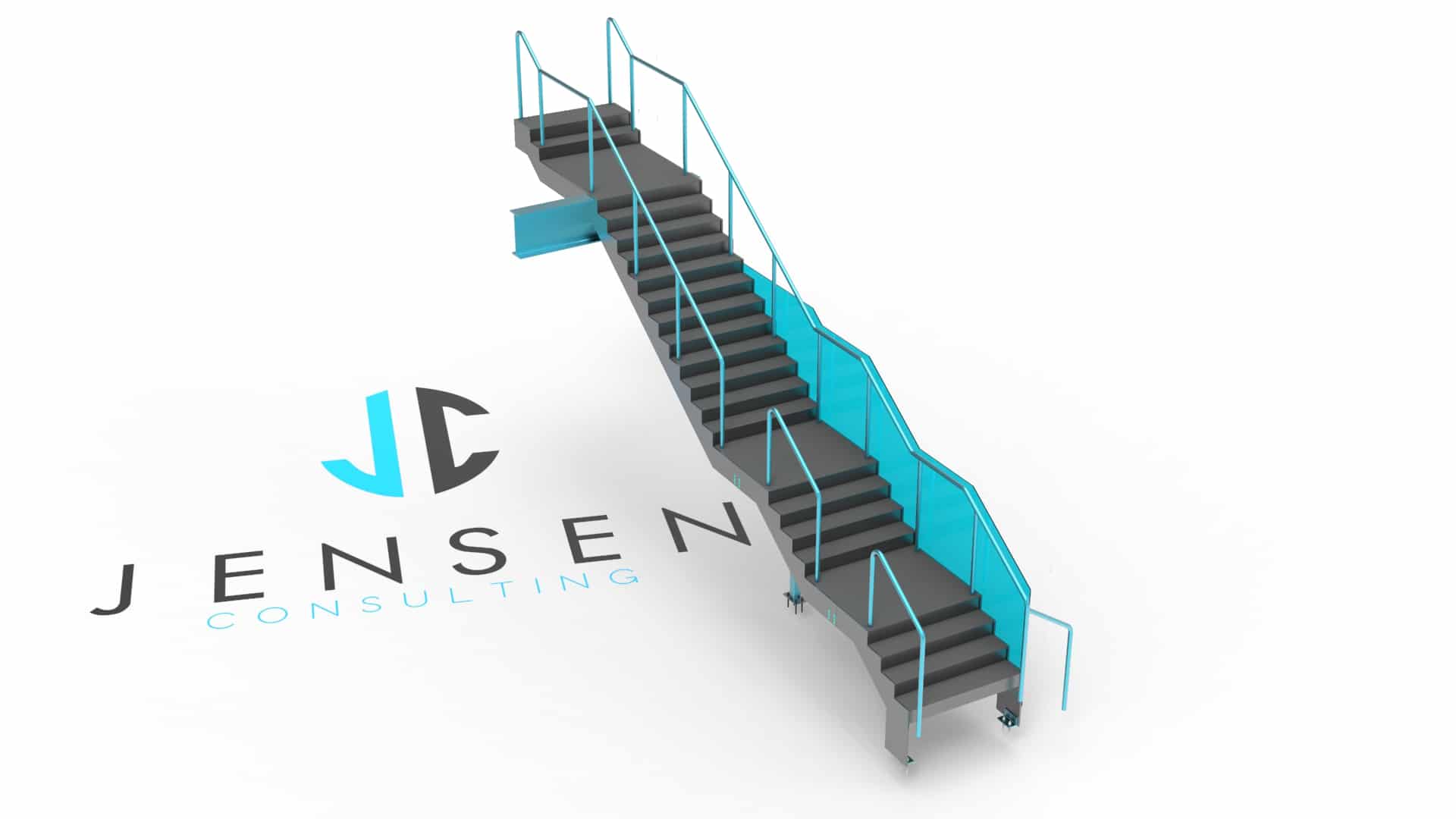CAD adds major efficiency, flexibility, and detail to any project design you try and makes the prototype much more precise than a simple sketch on paper can ever be. Early detection of issues can avoid many problems further down the road when the product is being manufactured, eliminating the steep costs of part waste, redesign, and reproduction.
That’s why computer-aided design plays a huge role in so many of today’s industries. But if you want CAD to work for you and your creation, you need to start with a reliable, precise, and knowledgeable designer. With this method of prototyping playing such an important part in how your products are designed, it also undoubtedly has a large impact on your productivity and success.
Here’s how to choose the right CAD designer for any steel detailing process.
1. Precision
The best thing about CAD is the amount of detail designers can include in the models, so it’s a given that a good CAD designer is one who pays as much attention to detail as possible. High levels of care with every line drawn and aspect designed will garner great benefits in the final design at the end, so look for a designer who gives extra time to proofing and perfecting their work.
2. Creativity
Sometimes project managers don’t always have a clear vision of what they need in a product, so finding a designer who is thoughtful and creative enough to help you build a better vision of your design is always a big help suivez ici. A good designer will always have a card under their sleeve to pull out when needed. Even a small tweak here and there can greatly improve a 3D digital model, but these tweaks need to be unique and effective. This is what makes creativity one of the most important skills of a great designer.
3. An open mind
As much as there are clients who aren’t set on what they’re looking for on their model, there are also those who have a 100% clear vision of what they want. If you’ve have created a detailed image of the product and the model in your head, you’re one of them. A good designer will follow all set instructions to make the actual CAD as close as possible to the model you want. Even though creativity is a big part of this field, keeping an open mind towards the client’s ideas (and even the ideas of other industry experts) is very important in CAD.
4. Experience
Practice makes perfect! The more time a designer has spent working on a varied range of 3D models, the better they will be at fulfilling a client’s wishes and designing a model in detail. Just like every other area of expertise, mastery of the craft is extremely important here. The more projects a designer has worked on, the more efficient, flexible and precise they’ll be with yours.
Of course, aside from technical abilities, a good CAD designer should always have other skills in conceptual design and working relationships. Having a designer who knows how to envision the exact model you want, communicate everything with ease, and be adaptable in team projects is just as important as their industry expertise.



